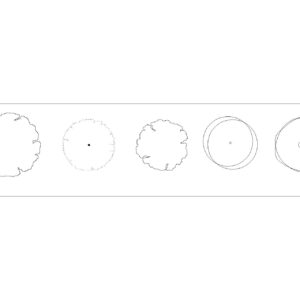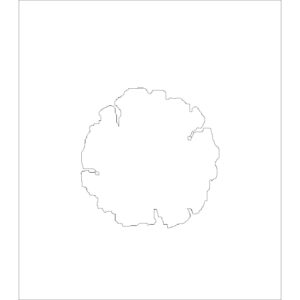Description
Plants belong to the kingdom Plantae and are mostly multicellular, photosynthetic eukaryotes. The flowering plants, conifers and other gymnosperms, ferns and their associates, hornworts, liverworts, mosses, and the green algae all belong to the clade Viridiplantae (Latin for “green plants”), which excludes the red and brown algae. In the past, all algae and fungi were considered part of the kingdom of plants, one of the two kingdoms that included all living creatures other than animals. However, all current classifications of Plantae exclude prokaryotes, certain algae, and fungi (the archaea and bacteria). Green plants need primary chloroplasts, produced due to an endosymbiotic relationship with cyanobacteria, to photosynthesise most of the energy they receive from the sun. They are green because their chloroplasts contain chlorophylls a and b. Some plants lose their capacity to produce normal chlorophyll levels or photosynthesize because they are parasitic or mycotrophic. Although asexual reproduction is also frequent, sexual reproduction and generational alternation are what define plants.
In architecture, trees are often used for landscaping and to provide shade and aesthetic value to outdoor spaces. To aid architects in their projects, CAD blocks of trees have been created, which are pre-drawn, standardized, and scalable illustrations of trees that can be easily inserted into architectural drawings. This allows architects to quickly add trees to their designs, saving time and improving accuracy.






Reviews
There are no reviews yet.